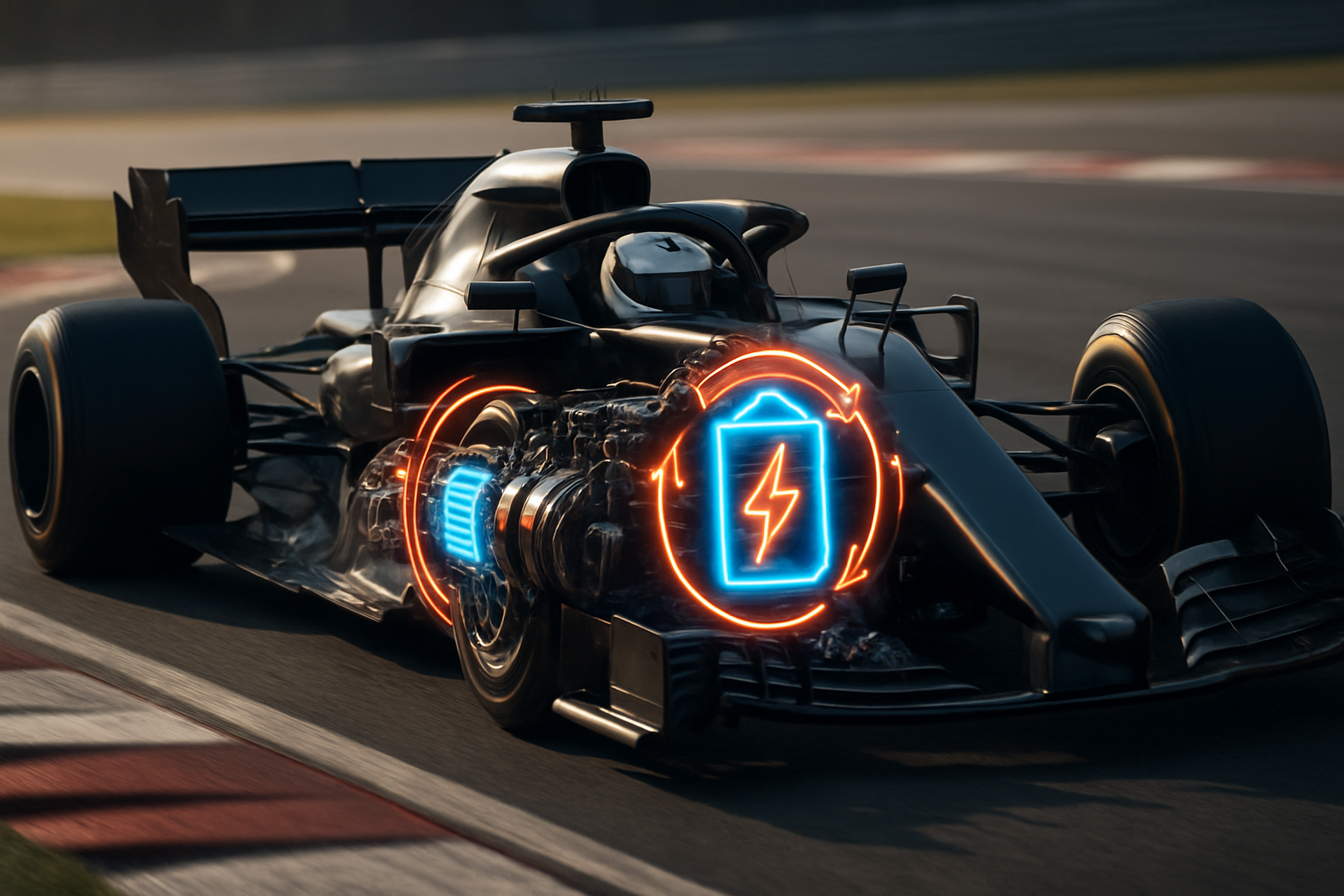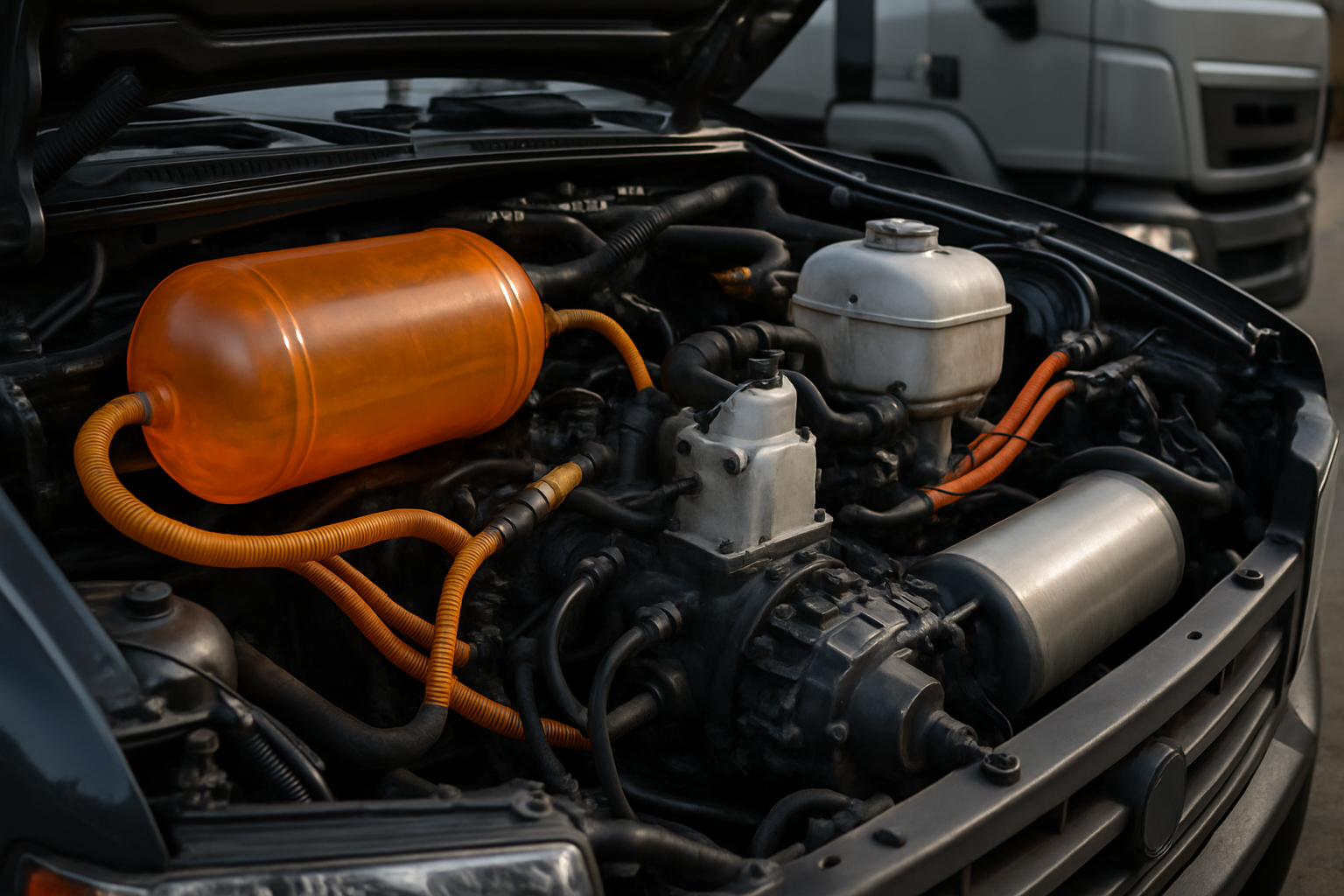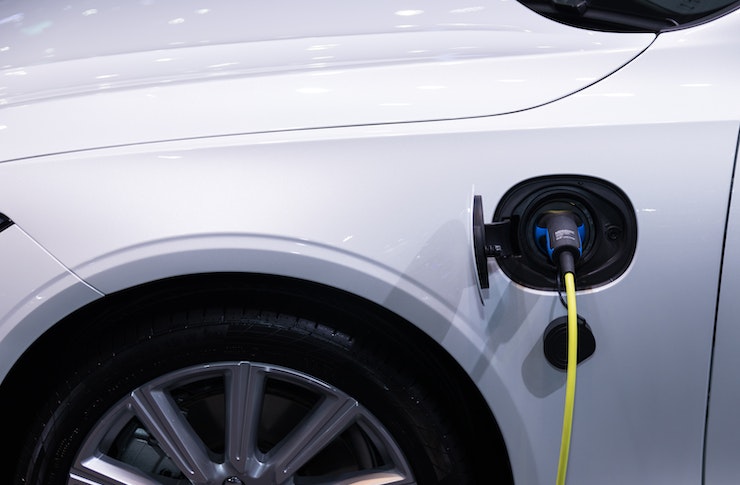Green Racing Technology Reduces Carbon Footprint in US Entertainment Sector
The entertainment industry is experiencing a significant shift toward sustainable practices, with electric go-kart racing leading the charge in reducing environmental impact. These battery-powered vehicles are transforming traditional karting experiences across America, offering the same thrills while eliminating harmful emissions. From family entertainment centers to professional racing circuits, electric karts are proving that high-performance racing and environmental responsibility can coexist seamlessly.

The American entertainment landscape is witnessing a revolutionary transformation as electric-powered racing technology gains momentum across the country. This shift represents more than just a trend; it signifies a fundamental change in how recreational facilities approach environmental responsibility while maintaining the excitement that customers expect.
How Electric Karts Work in Modern Racing Facilities
Electric karts operate using advanced lithium-ion battery systems that deliver instant torque and consistent performance throughout racing sessions. Unlike traditional gas-powered karts, these vehicles produce zero direct emissions and operate with significantly reduced noise levels. The technology behind electric karts has evolved rapidly, with modern systems offering speeds comparable to conventional racing karts while providing smoother acceleration and more precise handling characteristics.
Most facilities can charge their electric kart fleets overnight, ensuring full operational capacity during peak hours. The charging infrastructure typically includes multiple charging stations that can simultaneously power entire fleets, with most karts achieving full charge within 2-4 hours depending on battery capacity.
Electric Karts USA Market Growth and Adoption
The United States has emerged as a leading market for electric kart adoption, with facilities across all 50 states incorporating these vehicles into their operations. Major metropolitan areas including Los Angeles, New York, Chicago, and Miami have seen particularly strong adoption rates, driven by both environmental regulations and consumer demand for sustainable entertainment options.
Manufacturers report that electric kart sales in the USA have increased by over 300% in the past five years, with projections indicating continued growth through 2030. This expansion is supported by improvements in battery technology, reduced operational costs, and increased awareness of environmental impact among facility operators.
Environmental Impact and Sustainability Benefits
The environmental advantages of electric karts extend beyond zero direct emissions. These vehicles contribute to improved air quality in indoor facilities, eliminating the need for extensive ventilation systems required for gas-powered alternatives. Additionally, electric karts produce minimal noise pollution, allowing facilities to operate in urban environments without disturbing surrounding communities.
Battery recycling programs have developed alongside the industry growth, ensuring that end-of-life batteries are properly processed and materials recovered for reuse. Many facilities also integrate renewable energy sources, such as solar panels, to power their charging stations, further reducing their carbon footprint.
Electric Karts US Facility Operations and Maintenance
Operational benefits of electric karts include significantly reduced maintenance requirements compared to internal combustion engines. Electric motors have fewer moving parts, eliminating the need for oil changes, air filter replacements, and spark plug maintenance. This translates to lower operational costs and increased vehicle availability for customer use.
Facilities report that electric karts experience approximately 75% less downtime than traditional gas-powered alternatives, primarily due to the simplified mechanical systems and reduced wear on components. Remote monitoring systems allow operators to track battery performance, motor efficiency, and overall vehicle health in real-time.
| Provider | Kart Model | Cost Estimation | Key Features |
|---|---|---|---|
| Sodikart | GTX Electric | $8,000-$12,000 | 20kW motor, 45mph top speed, 30-minute runtime |
| BirelART | E-Kart | $7,500-$11,000 | Lithium battery, regenerative braking, telemetry system |
| CRG | Electric Kart | $9,000-$13,500 | Quick-change battery, professional racing specs |
| Tony Kart | EVK Electric | $8,500-$12,500 | Adjustable power settings, competition-ready chassis |
Prices, rates, or cost estimates mentioned in this article are based on the latest available information but may change over time. Independent research is advised before making financial decisions.
Performance Characteristics and Customer Experience
Electric karts deliver consistent performance throughout their operational period, unlike gas-powered karts that may experience power variations as fuel levels decrease. The instant torque delivery of electric motors provides immediate acceleration response, often surprising first-time users with the smooth yet powerful performance characteristics.
Customer feedback consistently highlights the quieter operation as a positive factor, allowing for better communication between racers and improved overall facility ambiance. The absence of exhaust fumes creates a more pleasant environment for spectators and participants alike, particularly in indoor facilities.
Future Developments in Electric Racing Technology
The electric kart industry continues to evolve with advances in battery technology, motor efficiency, and smart systems integration. Upcoming developments include wireless charging capabilities, artificial intelligence-powered performance optimization, and enhanced safety systems that can automatically adjust power output based on driver experience levels.
Manufacturers are also exploring integration with mobile applications that allow customers to track their performance, compare lap times, and even pre-book specific karts with preferred settings. These technological enhancements are expected to further differentiate electric karts from traditional alternatives while improving the overall customer experience.
The transformation of the American entertainment sector through electric kart adoption demonstrates how innovative technology can successfully balance performance expectations with environmental responsibility. As battery technology continues to improve and costs decrease, electric karts are positioned to become the standard choice for racing facilities nationwide, supporting both business objectives and sustainability goals.



